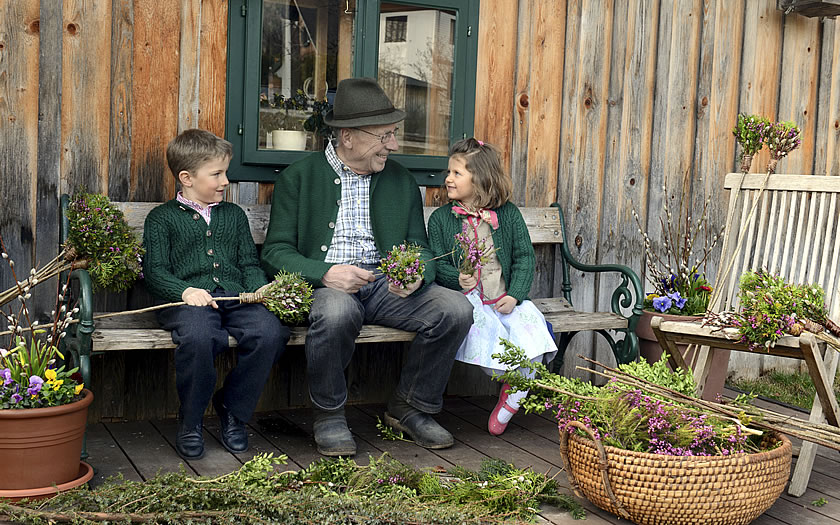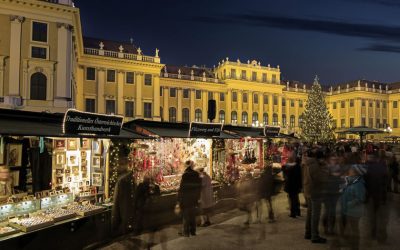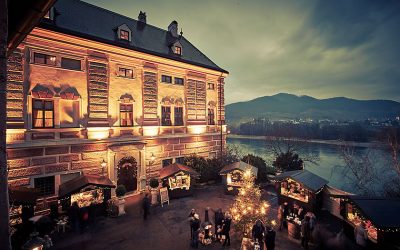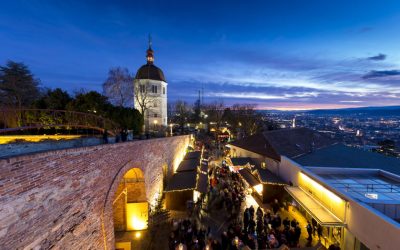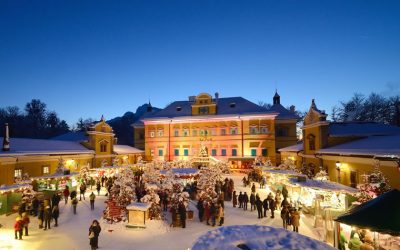Last updated on April 8th, 2020 at 06:49 am
In many regions of Austria it is customary to bless bound ‘bushes’ of branches on Palm Sunday during a procession through the village or in front of the church.
People hope that the blessed ‘palm’ branches will protect their homes and farms and help ensure a good harvest. Especially in Styria, the palm bushes differ from region to region in size, height and design.
Only the plants used tend to be the same. The main components are willow branches, the so-called palm catkins. Boxwood, juniper, yew, fir or cedar may also be used.
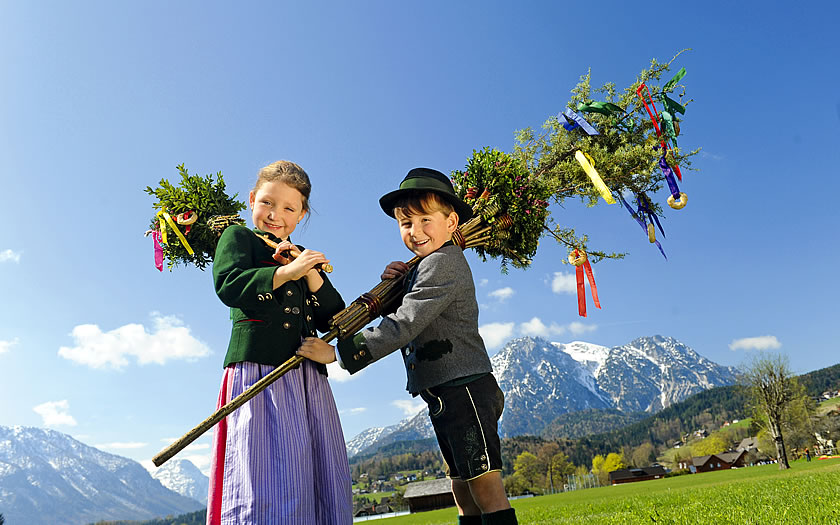
© Steiermark Tourismus | Hagspiel
In Ausseerland the palm bushes are bound with “Riatln” (split willow branches) and decorated with silk and “Beigln” (a fasting pastry in a ring shape).
In Gaishorn in the Palten valley, people fasten small palm bushes to metre-high poles wrapped in colourful silk ribbons at different heights.
The palm trees in Haus in Ennstal are up to fifteen metres high. Traditionally in Ennstal the grandfathers tie the palm bushes. It is the task of their sons and grandchildren to bring the high poles into the church after the consecration and procession by means of careful manoeuvring.
In the Vulkanland region (‘Volcano Land’), where the Palm Sunday decorations are particularly artistic, interested visitors can lend a hand themselves: on the Friday before Palm Sunday, the Stainz basket weavers offer lessons in the art of palm bush tying to all ages.
More information: www.steiermark.com

